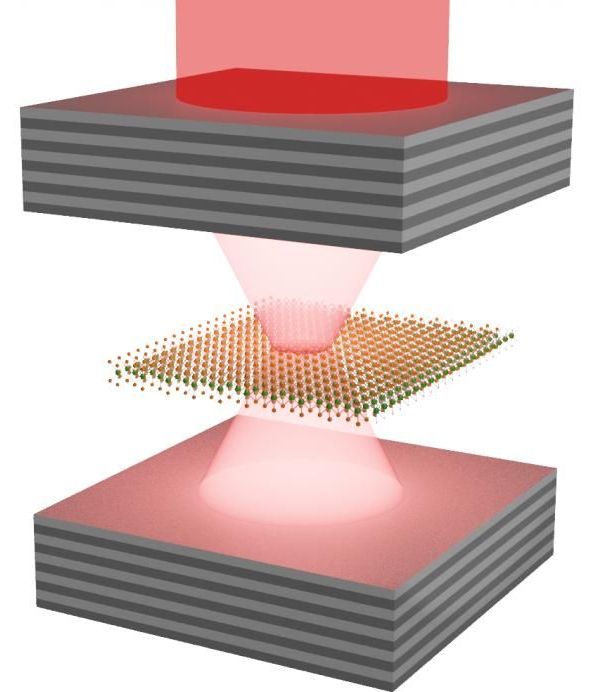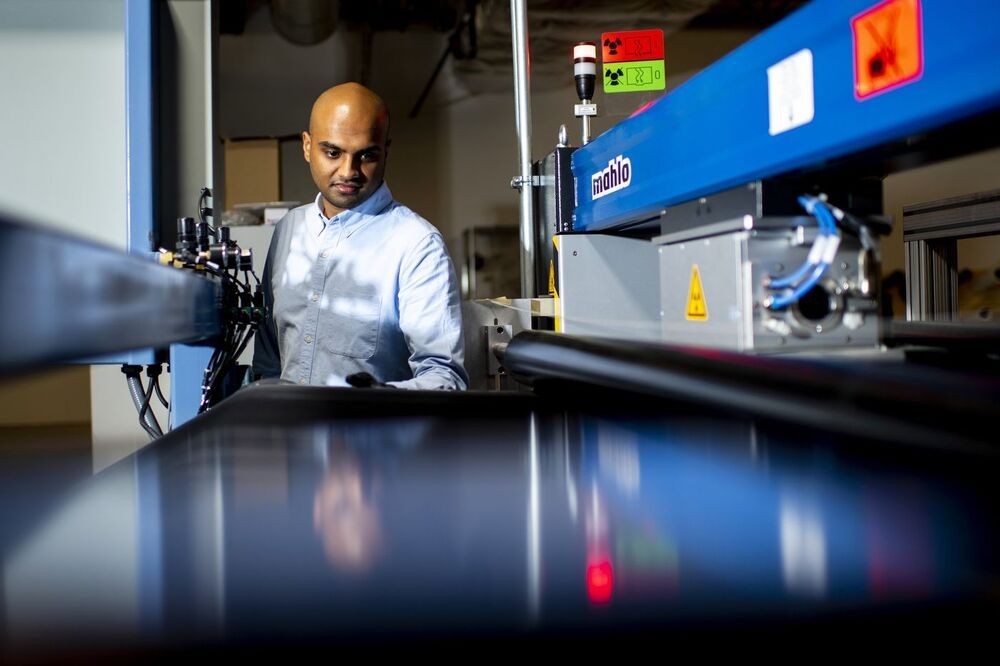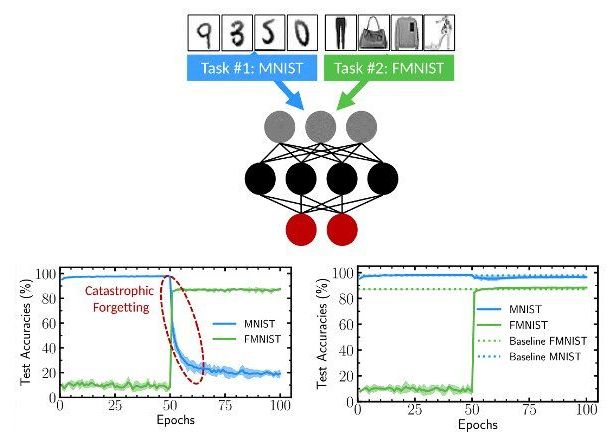“This can be hugely damaging in the event of ransomware attacks, where high privileges can enable the attackers to stop or destroy backups and other security tools,” Breen explained. “The ‘exploit detected’ tag means attackers are actively using them, so for me, it’s the most important piece of information we need to prioritize the patches.”
If you need any further incentive to update, these seven zero day exploits are part of 50 security vulnerabilities (including another five labelled ‘Critical’) which June’s Patch Tuesday will address. Google has also issued a similar warning for Chrome users.
If you are blocking Windows 10 system updates (a popular pastime for many users), now would be a very good time to stop doing so. Go to Start Settings Update & Security and in the Windows Update Window look to see if the update has already been downloaded. If not, click Check for Updates.








